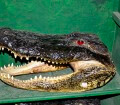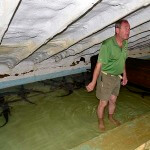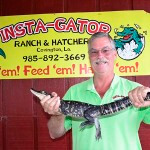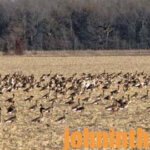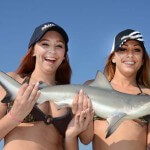John’s Note: John Price of Covington, Louisiana, is the classic example of someone who’s left corporate America and returned to the land to enjoy his freedom and his passion, and to conduct a business that provides an income for him and his family. Today the president and the owner of Insta-Gator Ranch and Hatchery (http://www.insta-gatorranch.com/ or call 888-448-1560 or 985-892-3669), Price once had been highly successful working in the oil and gas industry, buying leases from landowners in the Louisiana Delta for exploration and drilling. However, he regretted not having enough time with his family.
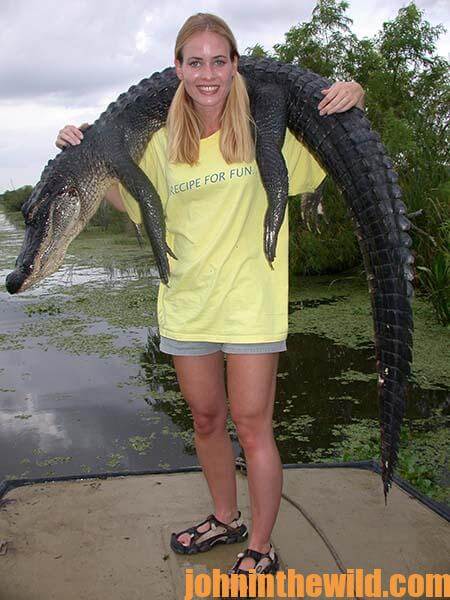 * Alligators lay 30 – 40 eggs per nest.
* Alligators lay 30 – 40 eggs per nest.
* Incubation in controlled environmental chambers increases the hatch rate to 85% vs. 53% in the wild.
* Predators eat 92% of alligator eggs and alligators up to 3 years old.
* Almost 100% of alligators born in captivity survive to 4 feet.
* Louisiana has the fastest growing alligator population anywhere with a wild population in 25 years that has grown from 500,000 to nearly 3,000,000.
* Louisiana is the only place with white alligators with some leucistic (blue-eyed recessive gene alligators) and others albino (pink eyes).
* Louisiana produces more crocodilian leather than the rest of the world combined.
How the Alligator Was Saved From Extinction Through Louisiana’s Alligator Ranching Program That Began in About 1987.
* The LDWF recognized that the population of Louisiana alligators was declining rapidly in the 1960s.
* The LDWF banned the harvesting of alligators from the wild in 1963 and began an intensive study of the American alligator.
* The LDWF learned that many predators other than man killed and ate baby alligators and their eggs (raccoons, snakes and birds specifically).
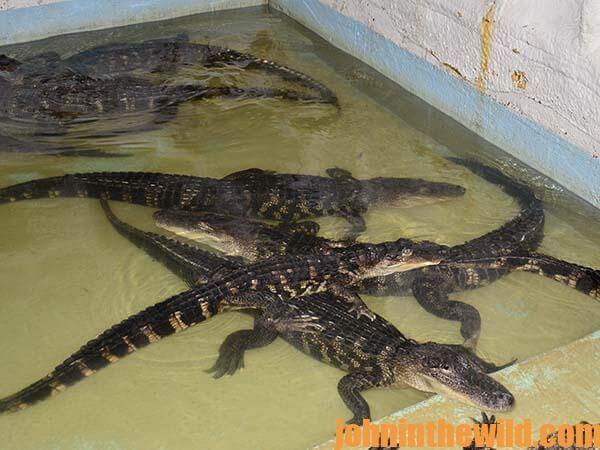 * Only 6 – 8 percent of alligators hatched in the wild survived to maturity. Hurricanes, high tides and the increased salinity of the water in a marsh during or after a storm killed baby alligators.
* Only 6 – 8 percent of alligators hatched in the wild survived to maturity. Hurricanes, high tides and the increased salinity of the water in a marsh during or after a storm killed baby alligators.
* The LDWF started a pilot program at Louisiana’s Rockefeller Wildlife Refuge in the late 1960s.
* The LDWF by the 1980s had learned that the alligator population could be increased dramatically if the eggs were harvested from the wild, hatched out in captivity, and then the young gators raised to 4 feet and released back into the wild. “The only thing that can eat a 4-foot alligator is a bigger alligator or man,” Price comments.
* The LDWF didn’t have the funding, the personnel, the know-how or the facilities to begin a statewide alligator restoration program. The LDWF decided to work with alligator ranchers to harvest the eggs, raise the alligator to a marketable size of 4 feet and then release a portion of the alligators raised back into the wild, which is what Price does today. “Initially, the LDWF approached ranchers with the idea that they would give the ranchers baby alligators, if the ranchers would return 17 percent of those alligators received back into the wild when the baby alligators reached 4 feet – a program operational from 1985 – 1989,” Price reports.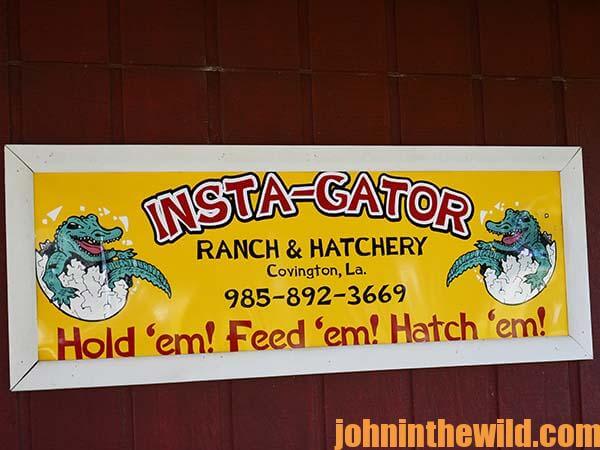
* The population at the Rockefeller Wildlife Refuge soon had grown so much that the gator numbers were almost out of control. The LDWF opened up a hunting season for wild alligators, and hunters were charged for their licenses and tags – money that aided the LDWF in expanding its alligator ranching program.
To learn more about everything outdoors, click here, and browse through a variety of outdoor books by John E. Phillips.
About the Author
John Phillips, winner of the 2012 Homer Circle Fishing Award for outstanding fishing writer by the American Sportfishing Association (ASA) and the Professional Outdoor Media Association (POMA), the 2008 Crossbow Communicator of the year and the 2007 Legendary Communicator chosen for induction into the National Fresh Water Hall of Fame, is a freelance writer (over 6,000 magazine articles for about 100 magazines and several thousand newspaper columns published), magazine editor, photographer for print media as well as industry catalogues (over 25,000 photos published), lecturer, outdoor consultant, marketing consultant, book author and daily internet content provider with an overview of the outdoors.

